VA home loans offer a number of essential benefits to military members and veterans, including the ability to buy a house with no down payment.
However, there’s another potential benefit that doesn’t get as much attention, and that’s loan assumption. As the name suggests, this is when a new borrower assumes or “inherits” a VA loan from the homeowner who is selling the house.
VA loan assumption offers some distinct advantages for both the buyer and seller alike.
The sometimes disregarded benefit of loan assumption may have a big influence on the house-buying process.
The act of a new borrower assuming an existing VA debt from a selling homeowner is known as the VA loan assumption. In this article, you’ll learn what a VA loan assumption is, how the process typically works, and other frequently asked questions regarding the VA loan application process.

What Is A VA Loan Assumption?
VA loan assumption occurs when a new borrower takes over an existing VA loan from the original borrower. The home buyer steps into the shoes of the homeowner/seller, continuing the loan repayment and assuming responsibility for the property.
While a VA loan is typically associated with military personnel, the assumption is not limited to veterans. In essence, the assuming borrower steps into the shoes of the original borrower, inheriting the loan terms and the responsibility for mortgage payments.
Here’s how the VA.gov website explains it:
“you may sell your home to someone who agrees to assume your loan if the loan holder or VA approves the creditworthiness of the purchaser(s). If the purchaser(s) is creditworthy and assumes the liability to the lender and VA to the same extent that you did when you obtained the loan, you will be released from liability on the loan.”
Both the assuming borrower and the original borrower have a unique opportunity with the VA loan assumption. This procedure makes homes more accessible to a broader spectrum of purchasers than just those in the armed forces.
The possible advantages, qualifying requirements, and detailed process for enabling this beneficial real estate transaction will all be covered as we dig deeper into the nuances of VA loan assumption.

Can A Civilian / Non-military Borrower Assume A VA Loan?
In some cases, a civilian can assume a VA loan from a military member or veteran. While VA loans are primarily designed to benefit veterans and active-duty service members, non-military individuals may be eligible for assumption if they’re approved by the lender and the VA.
Regardless of the home buyer’s military status, they must meet the lender’s credit and income requirements. Unlike real estate loan eligibility, the minimum qualifying credit score for a VA loan eligibility varies. These factors, along with the VA’s guidelines and the pre-qualification for VA loan assumption, are considered before sanctioning a VA loan.
One of the most important steps in the process is VA loan pre-qualification, which verifies that the borrower is financially capable of taking on the obligations of the current VA loan. This preliminary evaluation establishes the framework for a more seamless assumption procedure and aids in determining eligibility.
Through strict adherence to the requirements set out by the lender and the VA, non-military persons can effectively take up a VA loan, therefore broadening the program’s traditional scope and increasing its accessibility.
For prospective civilian purchasers hoping to take advantage of this unique opportunity in the real estate market, it is imperative that they comprehend the significance of VA loan preclusion.

What Are the Benefits for The Buyer and Seller?
VA loan assumption offers several benefits for both the original borrower (seller) and the assuming borrower (buyer).
For the original borrower or homeowner, it provides an opportunity to pass on a favorable loan with the existing interest rate, VA loan documents, and terms intact. This can be beneficial if existing interest rates are higher than the rate on the existing loan. The person selling the home could use this feature to attract buyers and encourage offers.
Furthermore, there may be cost savings on closing costs for the presumed buyer. If a VA loan is assumed, closing costs may be lower than if a new mortgage is obtained, making the homebuying experience more financially advantageous.
VA loan assumption is a win-win situation for both parties in the real estate market since it offers the buyer excellent financing conditions and the seller an alluring offer. Gaining an understanding of these advantages increases the allure and usefulness of this special VA loan program feature.

How Does the Loan Assumption Process Work?
In a typical home buying scenario, VA loan assumption involves several key steps.
First, the assuming borrower must qualify for the VA loan requirements for the assumption by meeting the lender’s credit and income requirements. They may need to submit financial documents to facilitate this review process. The original borrower’s VA loan must also be assumable, and not all VA loans are.
The lender thoroughly investigates the assuming borrower’s creditworthiness, financial history, and property. This is also known as the VA loan underwriting process, which guarantees that the new borrower is suitably qualified to assume the terms of the current VA loan.
Once basic eligibility has been established, the parties involved must complete an assumption package. This usually includes a formal application, credit information, and documentation verifying the assumed borrower’s eligibility.
The mortgage lender or loan servicer will review and approve the assumption.
The assuming borrower takes over the VA loan, inheriting the existing interest rate, loan balance, and terms. The original borrower is often released from liability, but it’s essential to confirm this with the lender.
Does The Buyer Pay A VA Funding Fee, And If So, How Much?
One important thing to keep in mind when analyzing the financial components of a transaction is that the homebuyer (assuming borrower) in a VA loan assumption could have to pay a funding fee.
These fees are levied by the Department of Veterans Affairs in an effort to maintain the program and lessen the financial load on taxpayers. Interestingly, the financing charge for an assumption is usually less than the charge for a new VA loan.
The lower price, which is usually set at 0.5% of the loan’s remaining principal balance, provides a noticeable advantage to the assumer and results in significant cost savings when compared to standard loan commencement costs.
By using the benefits of this special feature within the VA loan program, purchasers are better equipped to manage the process with financial savvy, thanks to this deep grasp of financing fees in VA loan assumptions.
Can The Interest Rate Be Changed During A VA Loan Assumption?
In a VA loan assumption, the interest rate generally stays the same. The homeowner/seller transfers the current mortgage rate to the buyer, who may profit from a rate that is less than what is currently offered in the market. The attraction of assuming a VA debt is increased by this interest rate stability, which offers the assuming borrower a better financial situation.
But it’s important to recognize that depending on certain conditions, these transactions may differ from one another. Before moving forward with a VA loan assumption, it is advised to have comprehensive answers to any queries in order to guarantee a complete grasp of the precise terms and ramifications.
Is The Original Borrower Completely Released from Responsibility?
Yes, in most cases, the original VA loan holder is released from responsibility after a successful VA loan approval process.
Once the new borrower qualifies for and completes the assumption process, they take over the legal and financial responsibilities for the loan. This includes making future mortgage payments and adhering to the terms and conditions of the original loan agreement.
Can The Loan Amount Be Increased During This Process?
No, the loan amount typically cannot be increased during the VA loan assumption process. The assumption involves the new borrower taking over the existing loan with its original terms, including the loan amount.
In contrast to refinancing, which allows for possible changes to the loan amounts, the VA loan assumption upholds the original loan agreement’s financial constraints. Through the prevention of a rise in the loan amount and the preservation of the mortgage conditions throughout the assumption process, this limitation guarantees consistency and stability for all parties concerned.
Can A VA Loan Assumption Be Made Between Family Members?
Yes, a VA loan assumption can be made between family members. The process allows for flexibility in terms of the relationship between the original and assuming borrowers.
Family members (including parents, children, siblings, or even extended family) can usually qualify for a VA loan assumption. They need to meet the necessary eligibility criteria set by the lender and the VA.
How Long Does the VA Loan Assumption Process Typically Take?
The VA loan assumption process typically takes 30 to 60 days to complete. The specific timeline, however, might change depending on several variables, including the intricacy of the loan, the lender’s workload, and other reasons.
This time frame enables a thorough examination of the assumption, guaranteeing that the transfer is seamless and that the original and assuming borrowers satisfy their respective commitments. All parties involved should coordinate and communicate promptly in order to expedite the procedure within the allocated timeframe.

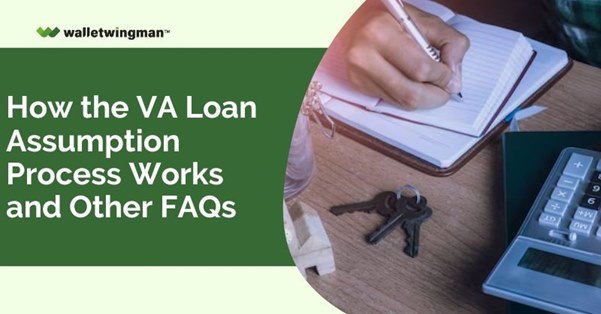
 How to Buy a Condo Unit with a VA Mortgage Loan
How to Buy a Condo Unit with a VA Mortgage Loan 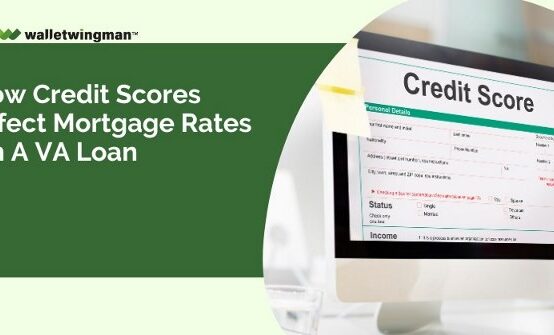 How Credit Scores Affect Mortgage Rates on a VA Loan
How Credit Scores Affect Mortgage Rates on a VA Loan 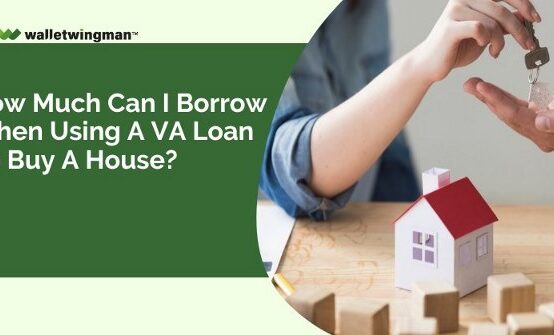 How Much Can I Borrow When Using a VA Loan to Buy a House?
How Much Can I Borrow When Using a VA Loan to Buy a House? 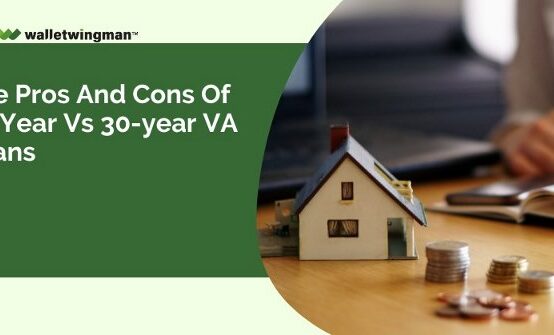 The Pros and Cons of 15-Year vs 30-year VA loans
The Pros and Cons of 15-Year vs 30-year VA loans 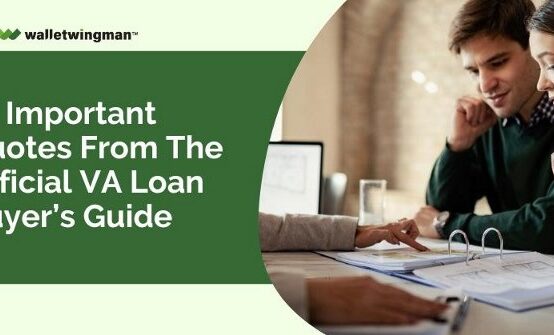 10 Important Quotes from the Official VA Loan Buyer’s Guide
10 Important Quotes from the Official VA Loan Buyer’s Guide 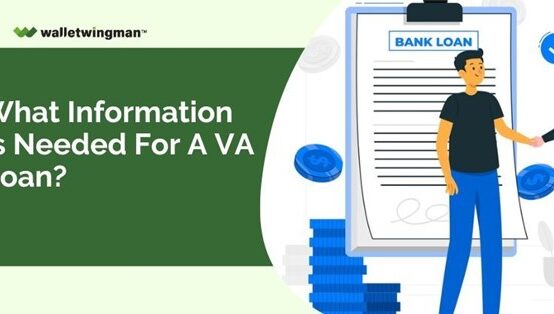 What Information Is Needed for a VA Loan?
What Information Is Needed for a VA Loan? 